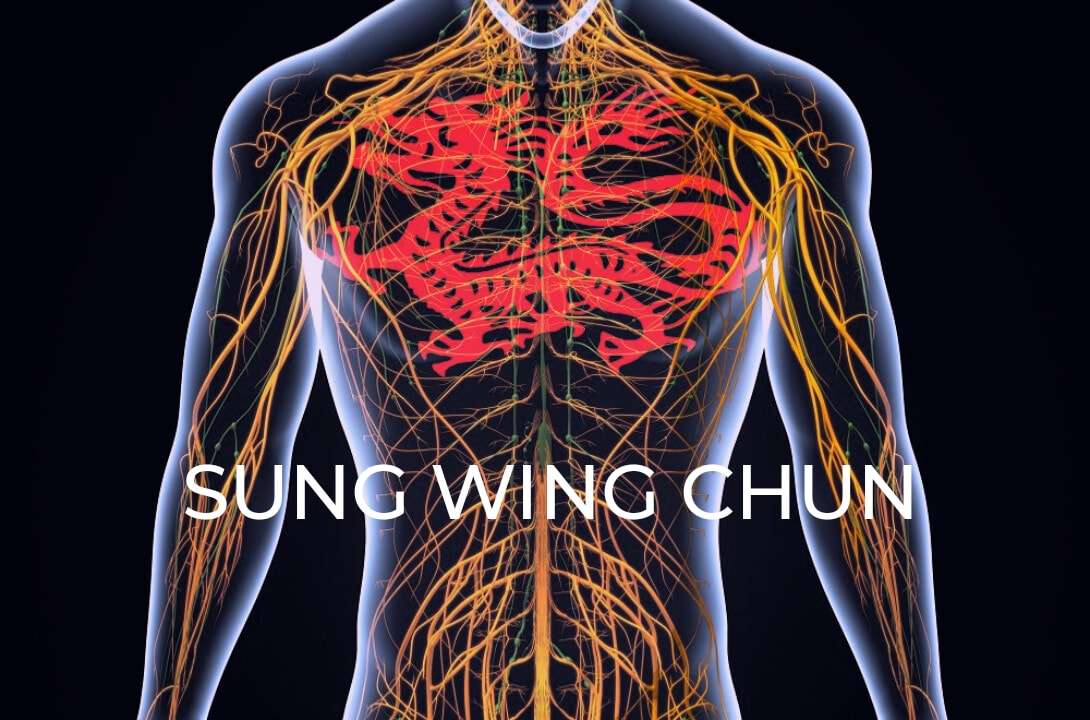Three relationships
11/2/2017
Internal relationship
The first stage (and for most the only stage they reach) relates to holding and moving positions; tan sau, bong sau etc. The development point from here is by learning to release associated areas of tension the movements it results in power improvements, enabled by letting go of the shoulder, scapulae, the hips etc. For most experienced wing chun students this is the peak of their internal journey. If you relax one muscle (or set of them) it will just move the tension somewhere else. It was tense for a reason (a misguided idea that it will protect you) and your body will lock somewhere else to do the same job. You have to learn the relationship between each of the muscles and how they can create a virtuous circle of shared ‘tone’. You have to accept force into your body, it is how you accept it in and deal with it which is the key to internal arts. Teacher relationship I do not think that you can do this work on your own, maybe one in a million can. Through body contact I can give you a feeling of how I deal with force, where I direct it and how I can give it back. I can then talk you through the process once you get an idea. It takes time but I can pass on that process and you can develop your own way. Doing SLT on its own without this guidance will not do this and relaxation without a guiding purpose will lead to collapse. This cannot work in a McDojo, your teacher has had to have followed a similar path or they are just reciting someone else’s words. It is very rare in wing chun, how many do you see teach like CST? How many can put a hand on you and affect changes beyond the contact point? Judge a teacher on how they feel and what changes they can elicit in you. Hostile Relationships I have recently read discussions on forums of how the chum kui form works. Do you move from your centre of mass? Do you move your centre of mass around an external point? Where is your centre of mass? Can you create a false centre? How does your centre change when in contact with someone else? You can happily do the chum kui form until you have worn a hole through the floor all the way to Australia, but muscle memory and theory will not help you deal with force. As soon as you are contact with someone you have entered a relationship. If you have not in someway mastered the basics of the relationships mentioned above you will tense up and you will push back. If you are not able to accept force and deal with it there can only ever be one direction of force affecting your opponent. Although it can be effective pushing in a diagonal is not multi-directional force. Chi sau is you forum to learn how to deal with force, if you know how to deal with it there is no need for a contrived plan about how to pivot, no thought of heels or toes or barber’s poles, this is just stuff for beginners to notice what they are doing and allow change to happen. Your own mind/body is in a constant flux and just trying to teach it a drill, or isolating a muscle in your arm or learning to hold your temper will not have much effect on how you hang together as a person. A more powerful method is observation, subtle direction (intention) and for WC students the indirect processes passed to us by CST which can elicit much bigger change to how to move and interact under pressure. If I have to punch you in the face, I do not want you to feel my hand but my unimpeded body mass going through you, and if I focus on localised body distractions this will make that impossible to achieve. Once contact has been made, a relationship has established and I need to ensure my system takes on control to my benefit and not the other way around. Perhaps it would be easier to get people to punch and kick pads for two hours!
0 Comments
Your comment will be posted after it is approved.
Leave a Reply. |
AuthorKeeping you up to date with what is happening in class Archives
July 2024
Categories |

 RSS Feed
RSS Feed